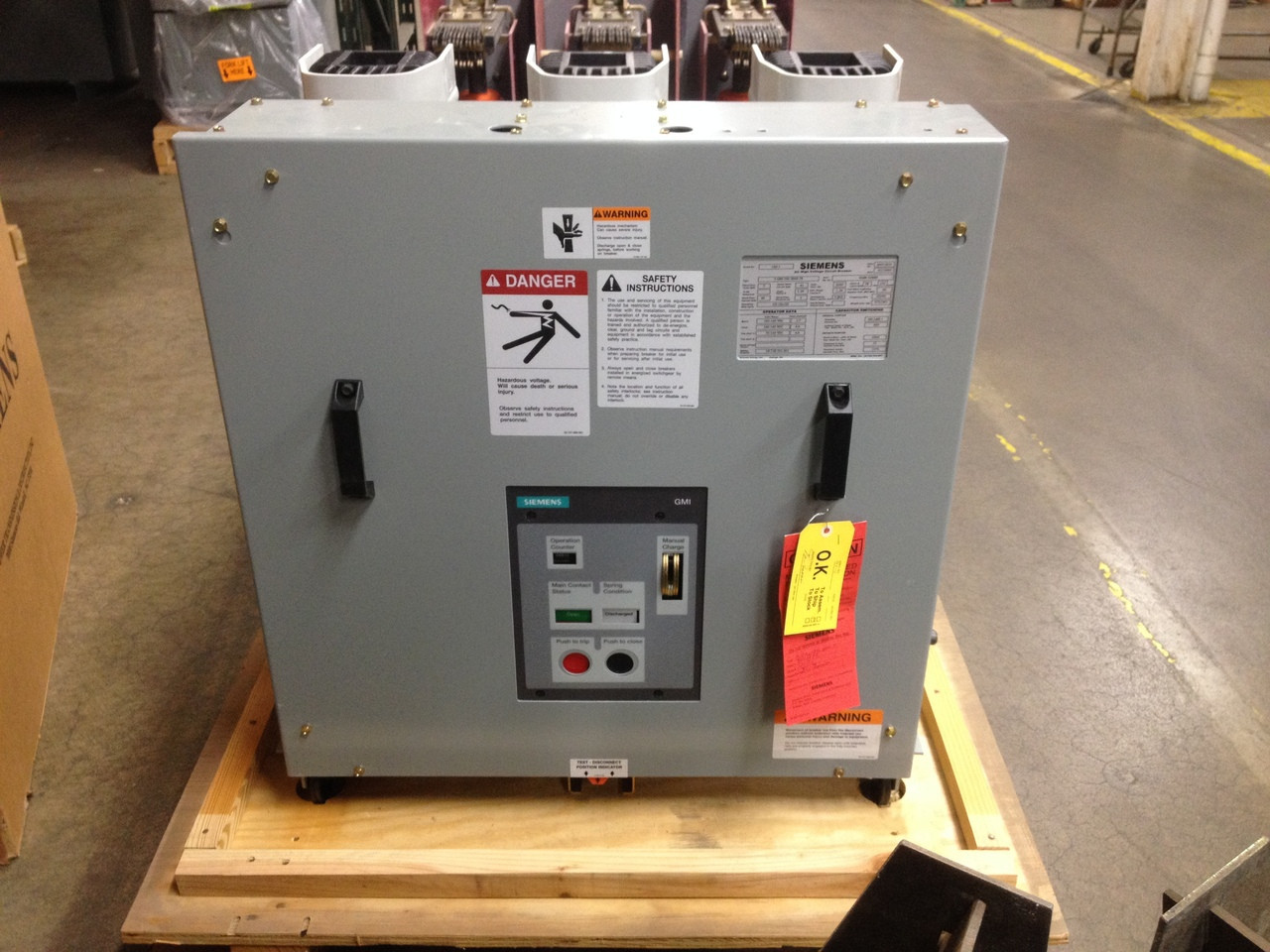A Vacuum circuit breaker is one of the most reliable and durable components in electrical systems, designed to protect equipment and ensure smooth operation. Regular maintenance of a vacuum circuit breaker not only extends its service life but also enhances system safety and efficiency. In this article, we will explore key maintenance tips, inspection methods, and best practices to keep your vacuum circuit breaker performing at its best for many years.
Understanding the Vacuum Circuit Breaker
A vacuum circuit breaker operates by interrupting the flow of current through vacuum interrupters. When the contacts open, the arc is extinguished in a vacuum chamber, preventing any current flow and protecting the electrical circuit. Because of this design, a vacuum circuit breaker offers high dielectric strength, minimal maintenance requirements, and excellent performance under various conditions. However, even with its robust construction, routine inspection and care are essential for long-term reliability.
Importance of Maintaining a Vacuum Circuit Breaker
Proper maintenance of a vacuum circuit breaker is crucial for several reasons. It ensures safety by preventing failures that could cause electrical hazards or equipment damage. It also improves operational efficiency by minimizing downtime and reducing the risk of costly repairs. Regular maintenance helps detect early signs of wear, corrosion, or misalignment before they turn into serious issues. Ultimately, maintaining a vacuum circuit breaker contributes to the longevity of the entire electrical system.
Routine Inspection Checklist
A well-planned inspection schedule can significantly increase the lifespan of a vacuum circuit breaker. Below are key inspection points:
- Visual Inspection – Check for signs of physical damage, corrosion, or oil and dust accumulation on the vacuum circuit breaker housing and terminals.
- Contact Wear – Inspect the contacts for erosion. Excessive wear can affect the breaker’s ability to interrupt current effectively.
- Operating Mechanism – Ensure that the moving parts of the vacuum circuit breaker operate smoothly without sticking or noise.
- Vacuum Integrity – Use a test device to confirm that the vacuum level inside the interrupter remains within the acceptable range.
- Electrical Connections – Tighten loose connections to avoid overheating and ensure stable operation.
By following these steps regularly, you can detect issues early and extend the service life of your vacuum circuit breaker.
Cleaning and Lubrication
One of the simplest yet most effective maintenance tasks for a vacuum circuit breaker is cleaning and lubrication. Dust, moisture, and pollution can accumulate on the breaker surface, leading to tracking or insulation failure. Clean the external parts with a dry cloth and use approved solvents if necessary. Avoid using water or moisture-based cleaners.
Lubricate the moving components of the vacuum circuit breaker with the manufacturer-recommended grease. Proper lubrication reduces friction, ensures smooth motion, and prevents premature wear of mechanical parts.
Testing the Vacuum Circuit Breaker
Testing is an essential part of maintenance. A vacuum circuit breaker should undergo regular electrical and mechanical tests to ensure its proper functioning. Some key tests include:
- Contact Resistance Test – Measures the resistance between the breaker contacts to identify wear or contamination.
- Timing Test – Checks the opening and closing speed of the vacuum circuit breaker to ensure proper coordination.
- High-Potential Test – Verifies the insulation strength and vacuum integrity.
- Mechanical Endurance Test – Ensures the breaker can handle repeated operations without failure.
Document all test results for future reference and trend analysis. Regular testing ensures that the vacuum circuit breaker remains in top condition and complies with operational standards.
Common Problems and Solutions
Even with a robust design, a vacuum circuit breaker can experience certain problems. Some common issues include contact wear, loss of vacuum, mechanical jamming, and insulation degradation. To address these:
- Replace worn contacts immediately to maintain breaking capacity.
- If the vacuum integrity is compromised, replace the vacuum interrupter unit.
- Clean and lubricate the mechanism to avoid sticking or misalignment.
- Inspect insulation parts for cracks or contamination and replace them as needed.
By addressing these issues promptly, you ensure that your vacuum circuit breaker operates reliably for many years.
Best Practices for Long-Term Performance
Adopting best practices will maximize the performance and life of a vacuum circuit breaker. Keep the breaker in a clean, dry, and temperature-controlled environment. Avoid exposing it to excessive vibration or humidity. Follow the manufacturer’s maintenance intervals strictly and use only genuine replacement parts.
Train maintenance staff regularly to handle the vacuum circuit breaker correctly. Improper handling during installation or maintenance can lead to unnecessary damage and reduced lifespan.
Record Keeping and Documentation
Maintain detailed records of every inspection, test, and maintenance activity for your vacuum circuit breaker. These records help identify performance trends, predict failures, and plan future maintenance. Documentation also ensures compliance with industry standards and makes troubleshooting faster and more accurate.
Conclusion
A vacuum circuit breaker is a crucial component in modern electrical systems, offering high performance and safety. However, to ensure its long life, consistent maintenance is essential. From regular inspections and cleaning to testing and record keeping, every step contributes to the reliability and efficiency of your system.
By following the maintenance tips outlined above, you can significantly enhance the operational life of your vacuum circuit breaker and prevent costly downtime or failures. Prioritize preventive maintenance, and your vacuum circuit breaker will deliver years of dependable service for your power system.
